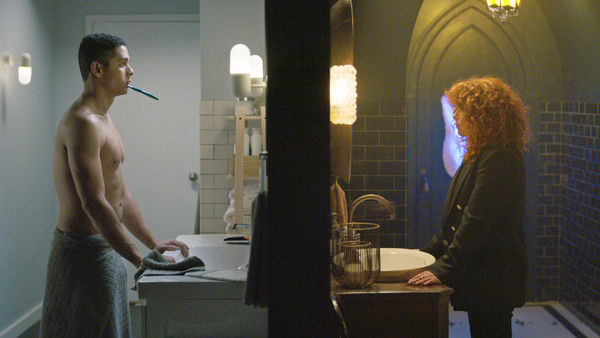Netflix's Russian Doll: What Does The Ending Really Mean?
2. Trauma, Self-Help, And Human Connection

Russian Doll initially presents itself as a dark comedy that offers up a similar appeal to the likes of Groundhog Day and Happy Death Day, but over the course of its first season - and the last couple of episodes in particular - in manifests into something else entirely. It keeps the repeated deaths and time loops, but there's a strong meditation on trauma that comes to the fore.
With The Way Out, it takes a hard look at what it means to confront your trauma, your demons, and your self-loathing head-on, and the idea that in order to help others, or allow yourself to be truly helped, you first have to be prepared to help yourself.
In the finale it then goes further, hinging on the fact that Nadia and Alan once had a chance to help each other and didn't take it. That's the crux of everything, because it highlights the value of helping, listening, and making a human connection. It isn't going to be easy, but it is possible to get through it, and it's easier with someone. To that end, it's strongly reminiscent of another trippy Netflix show, Maniac, which placed a similar value on the importance of the connections we make with people.
The series brilliantly tackles just how hard it can be to help people who are struggling, but even more that it's even harder to help yourself first, and how doing so is, in fact, like finding your way through a maze, or like unpacking a Russian Doll. You'll run into dead ends, or you'll think you're at the end only for another layer to emerge, but only by working through your trauma can you emerge.